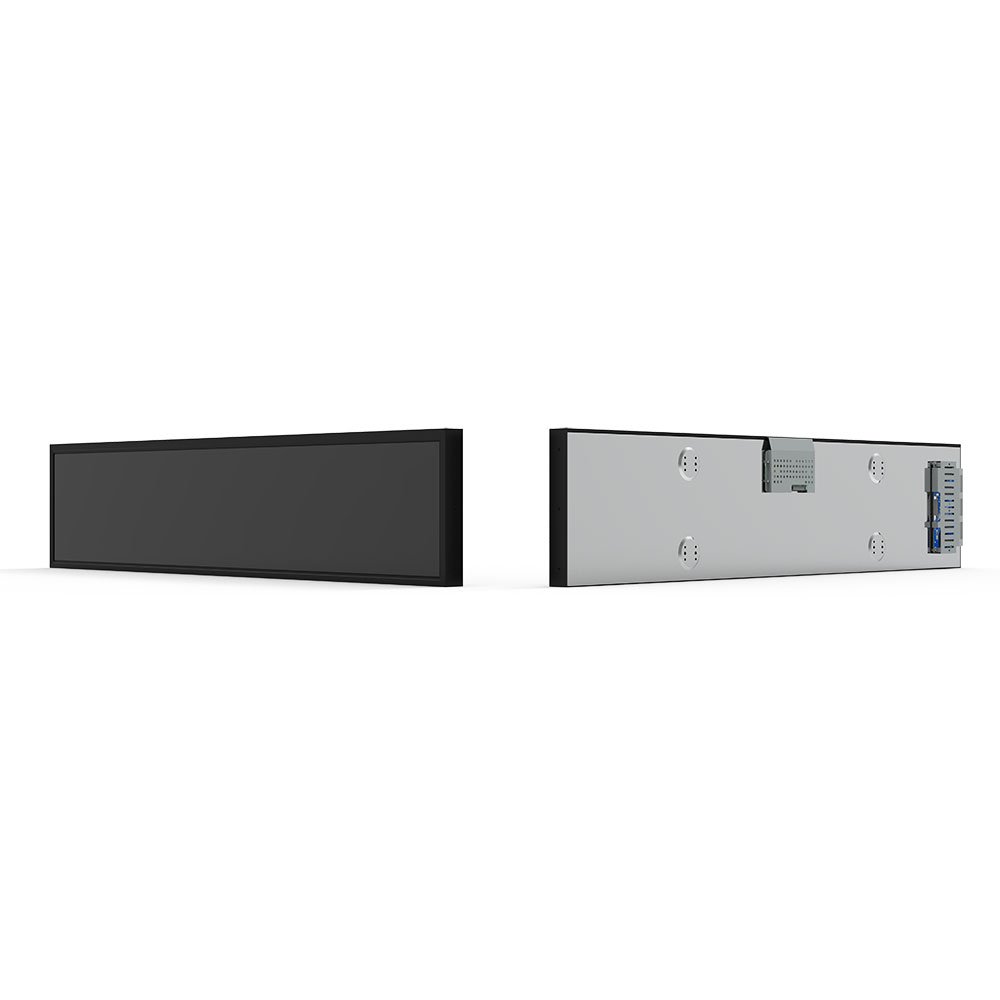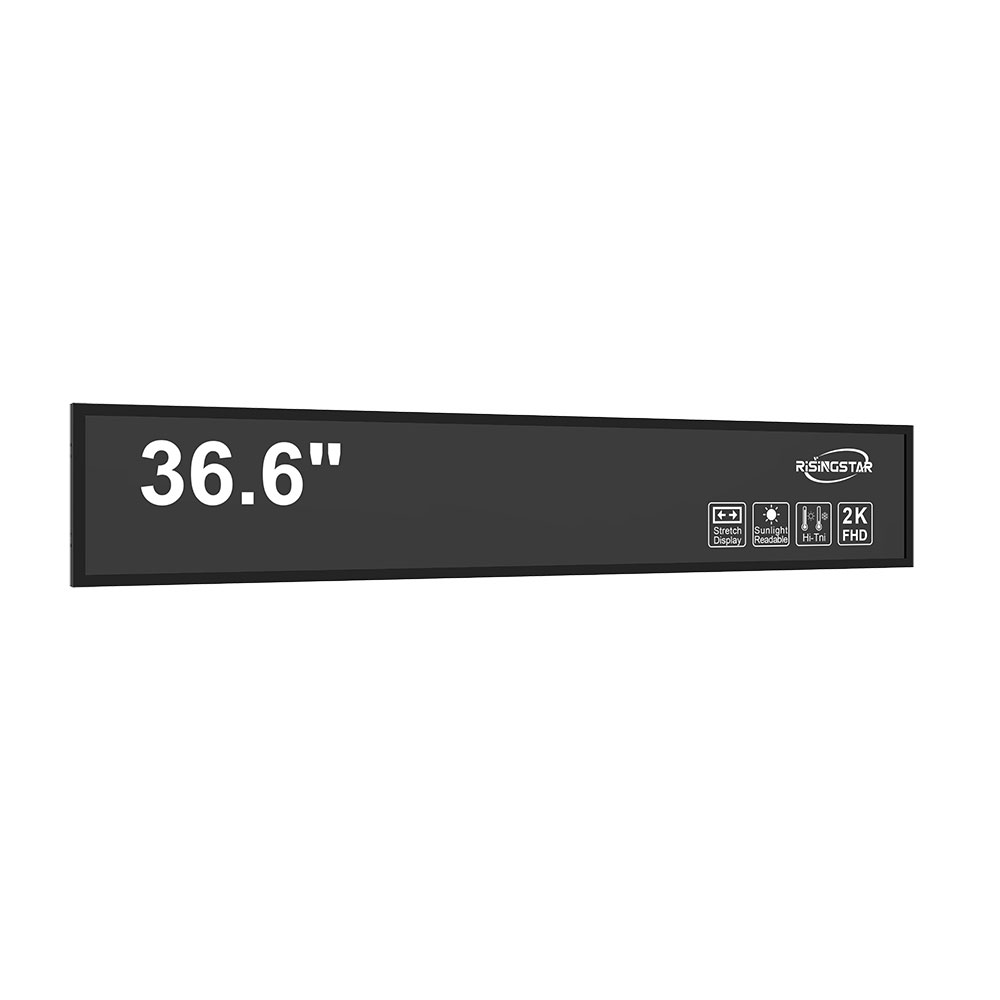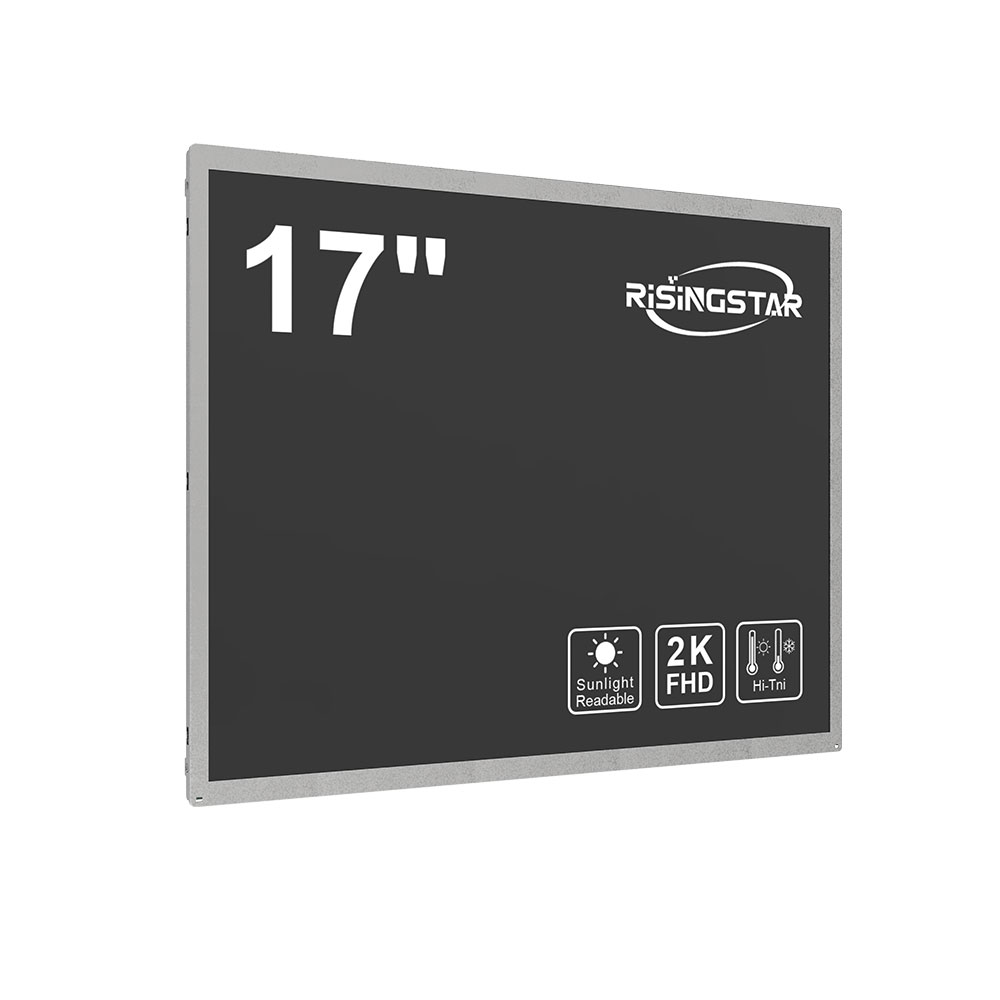
Privacy statement: Your privacy is very important to Us. Our company promises not to disclose your personal information to any external company without your explicit permission.
When designing or selecting an outdoor LCD screen for applications such as digital signage, traffic monitoring, or public information displays, one of the most critical factors to consider is brightness. Unlike indoor screens, outdoor displays must combat intense sunlight and ambient light conditions that can severely reduce visibility. Industry standards from organizations like the Society for Information Display (SID) and the International Electrotechnical Commission (IEC) recommend a minimum luminance of 5,000 nits for outdoor LCDs exposed to direct sunlight. For high-visibility environments—such as urban billboards, airport terminals, or sports stadiums—professional-grade screens often exceed 7,000 nits, with some models reaching up to 10,000 nits.
The brightness requirement is directly tied to the screen’s viewing angle, contrast ratio, and environmental lighting conditions. A screen with insufficient brightness will appear washed out or nearly invisible under direct sun, leading to reduced message clarity and user engagement. In contrast, over-brightness without proper thermal management can cause excessive power consumption and premature component failure. Therefore, engineers must balance brightness levels with energy efficiency, durability, and thermal dissipation.
Modern outdoor LCDs use advanced technologies such as high-efficiency LED backlights, anti-glare coatings, and dynamic brightness control systems to maintain optimal performance. These features not only improve visibility but also extend the lifespan of the display. For example, the use of local dimming zones allows brightness to be adjusted per panel region, optimizing energy use while preserving image quality.
Case studies from real-world installations—like those at Tokyo Narita Airport and Times Square in New York—show that screens exceeding 8,000 nits significantly enhance readability during peak daylight hours, resulting in higher audience engagement and better ROI for advertisers. Additionally, compliance with IP65 or higher ingress protection ratings ensures resistance to dust and water, which is essential for long-term reliability in harsh weather.

In summary, choosing the right brightness level for an outdoor LCD screen requires technical evaluation based on application context, environmental data, and industry best practices. Whether for advertising, safety, or operational communication, understanding these parameters ensures effective deployment and sustained performance.


Email to this supplier

Privacy statement: Your privacy is very important to Us. Our company promises not to disclose your personal information to any external company without your explicit permission.